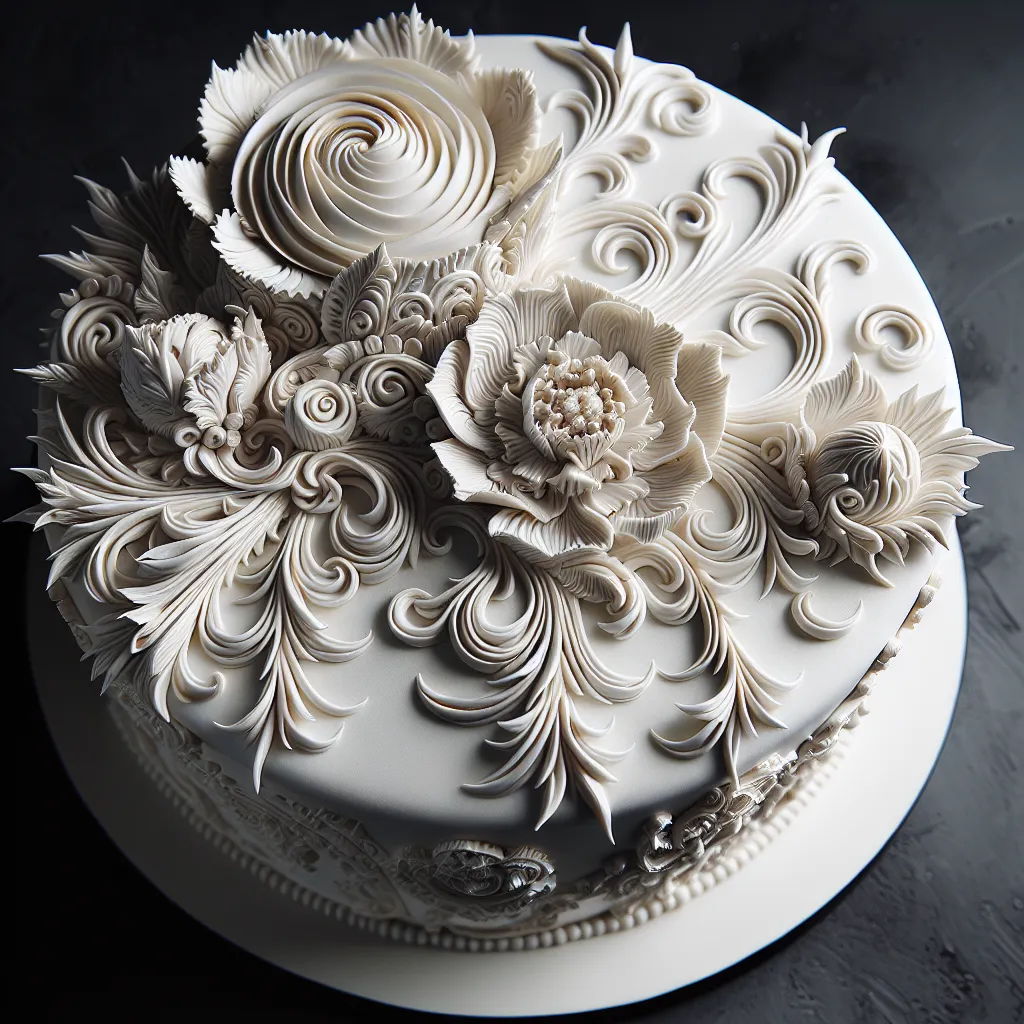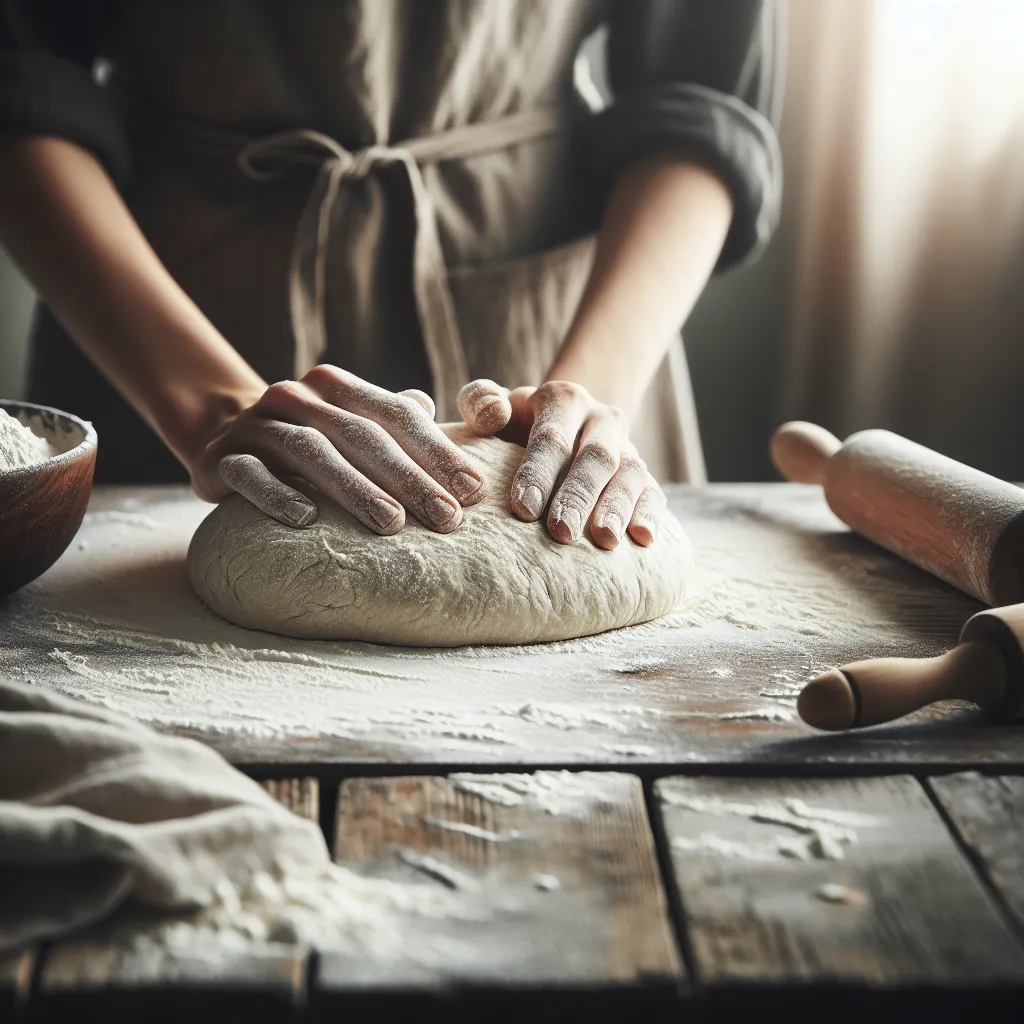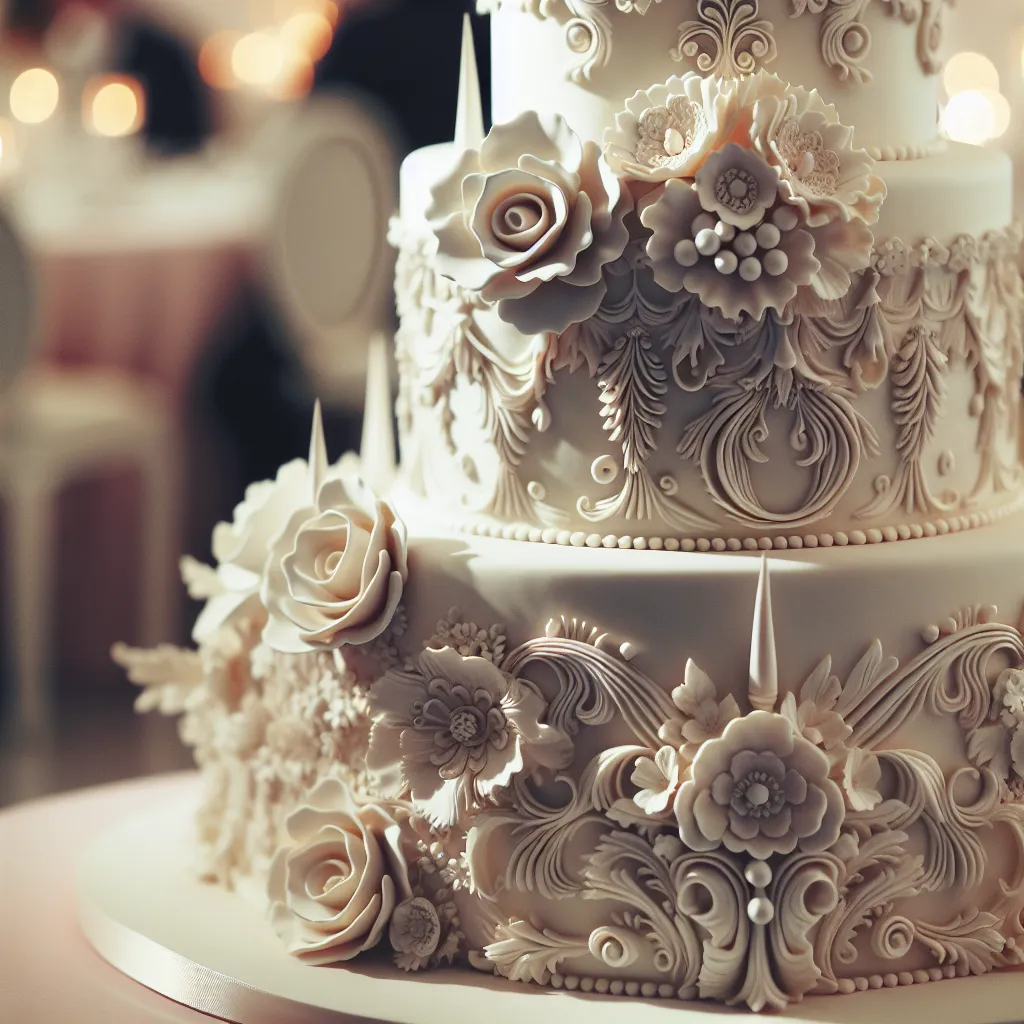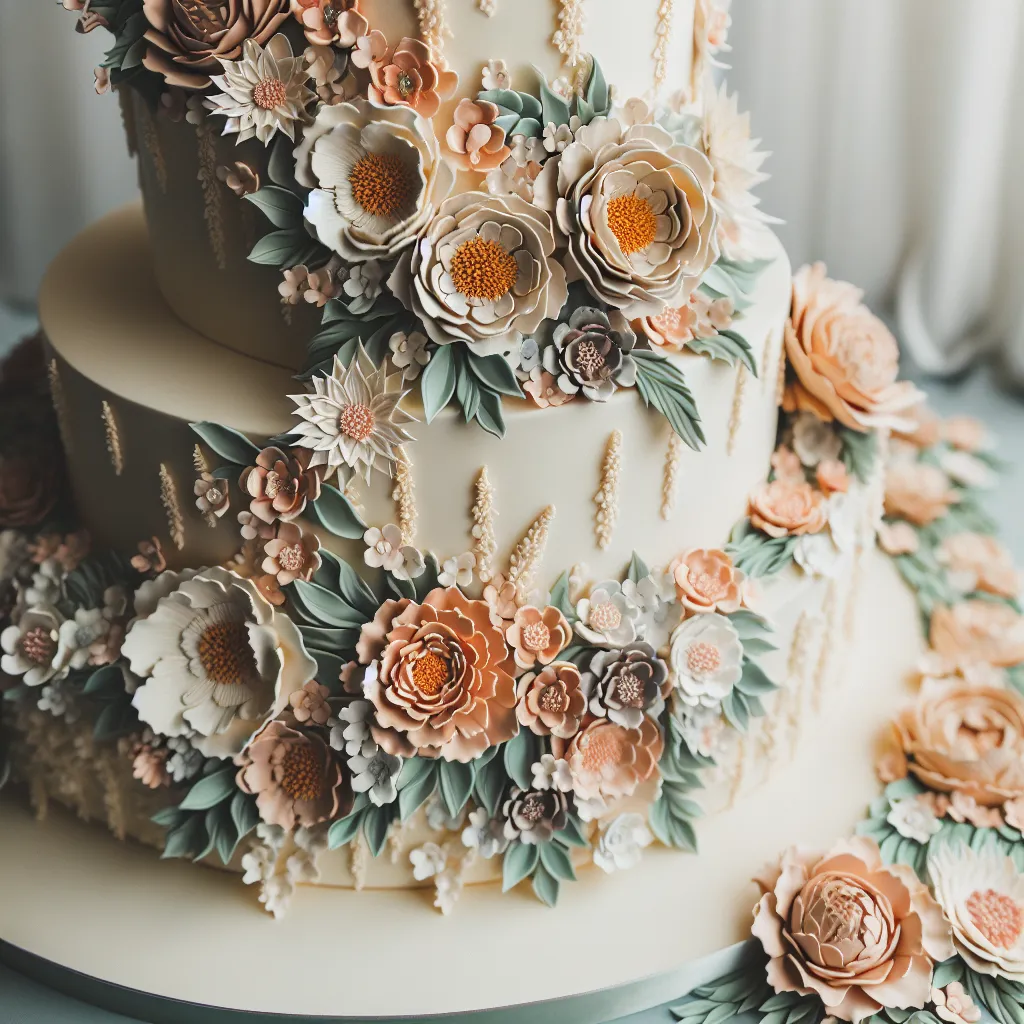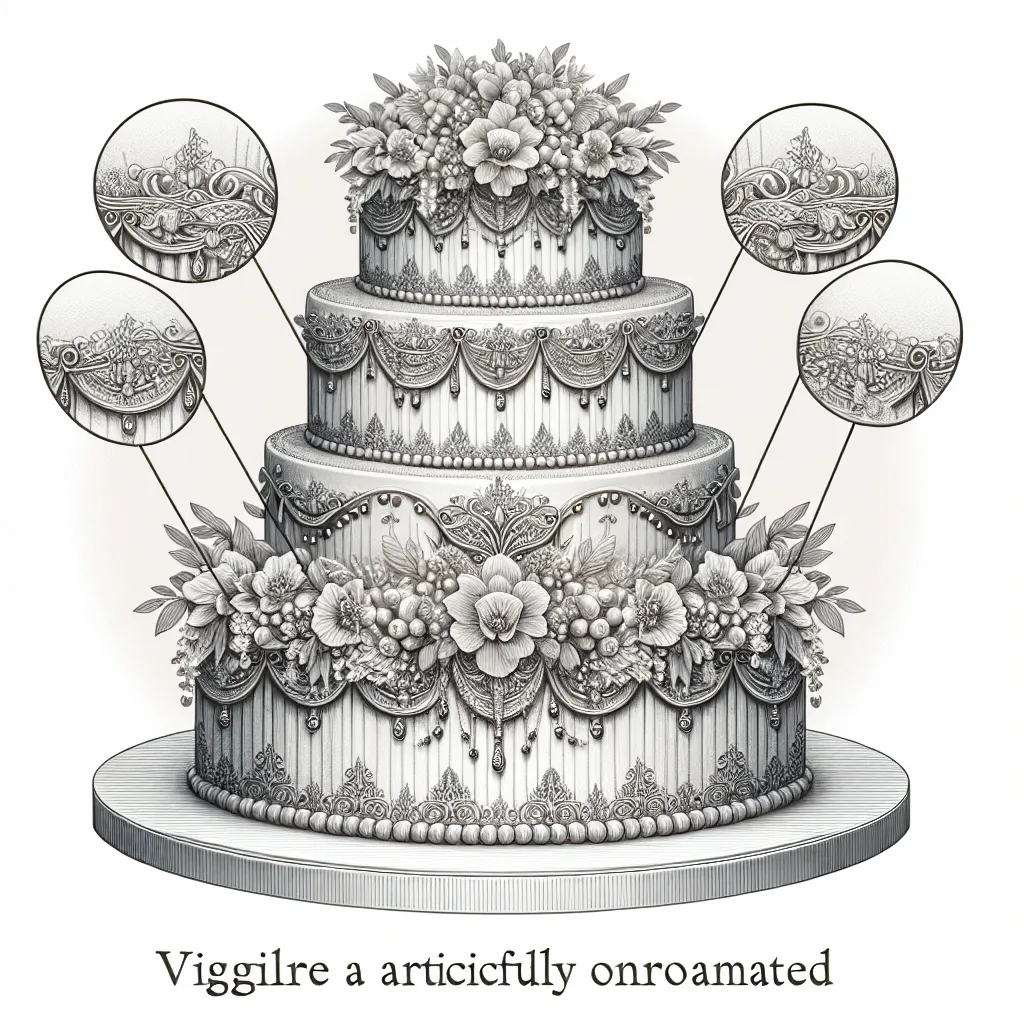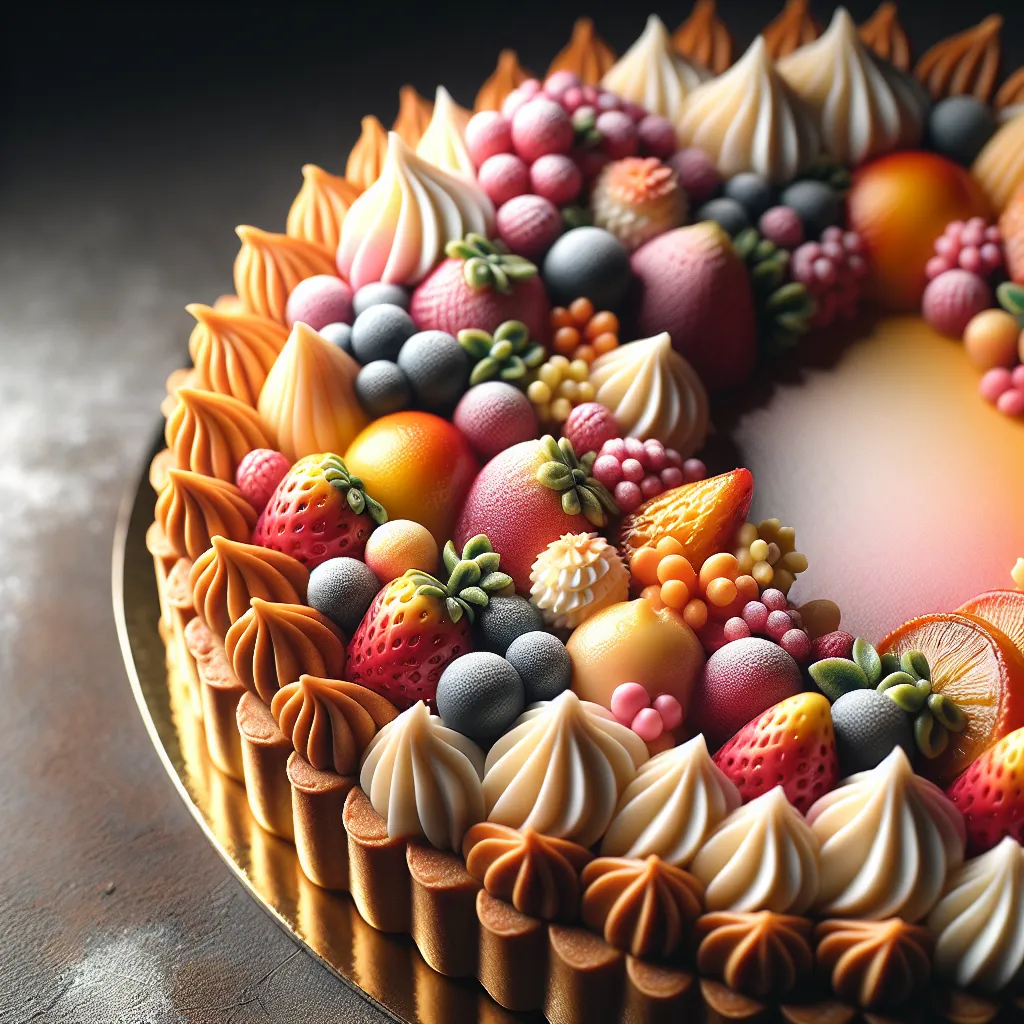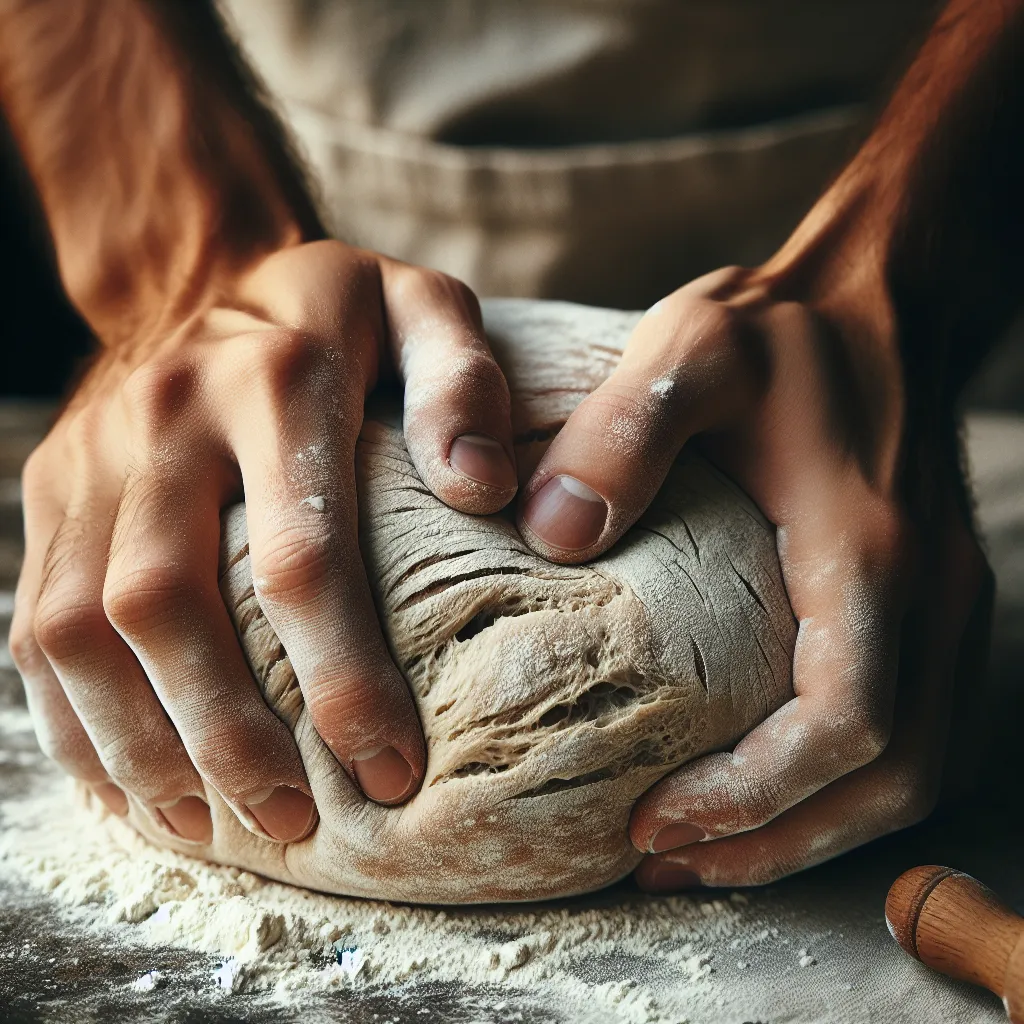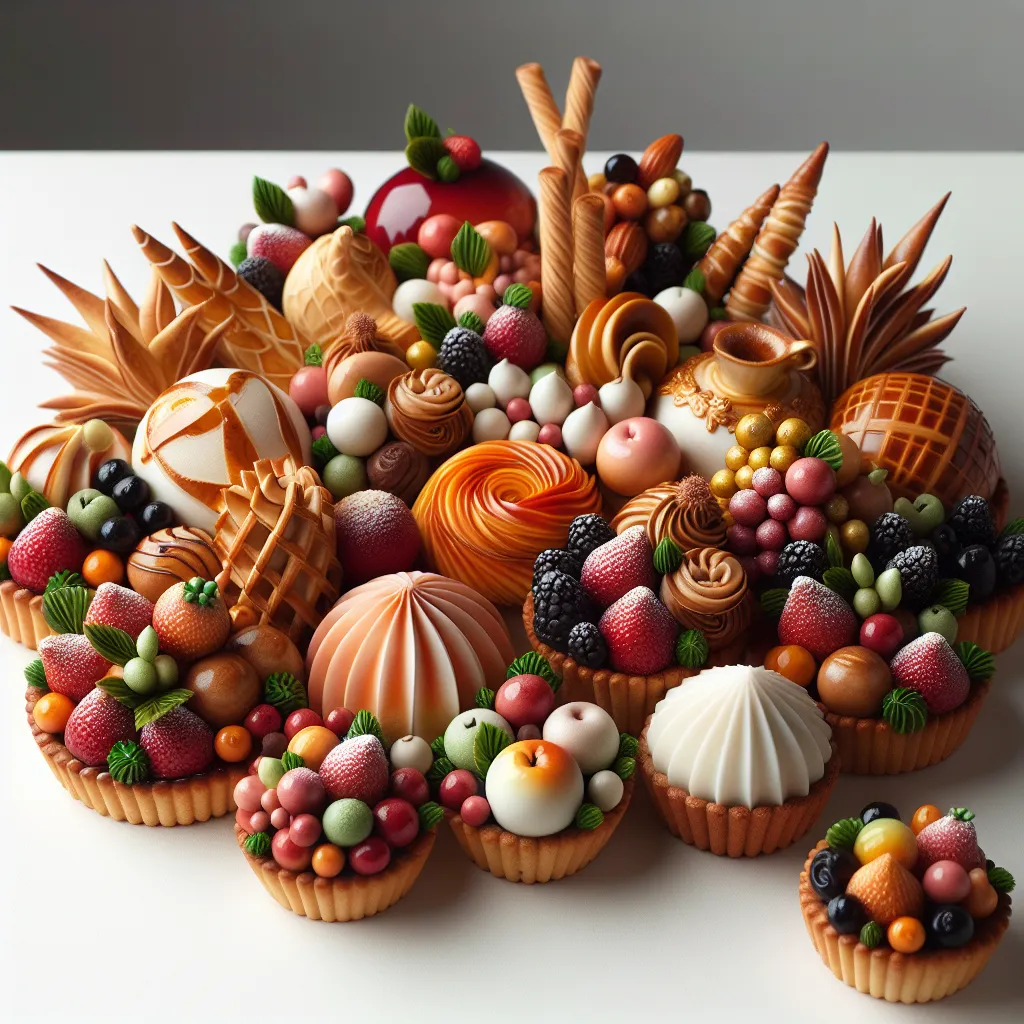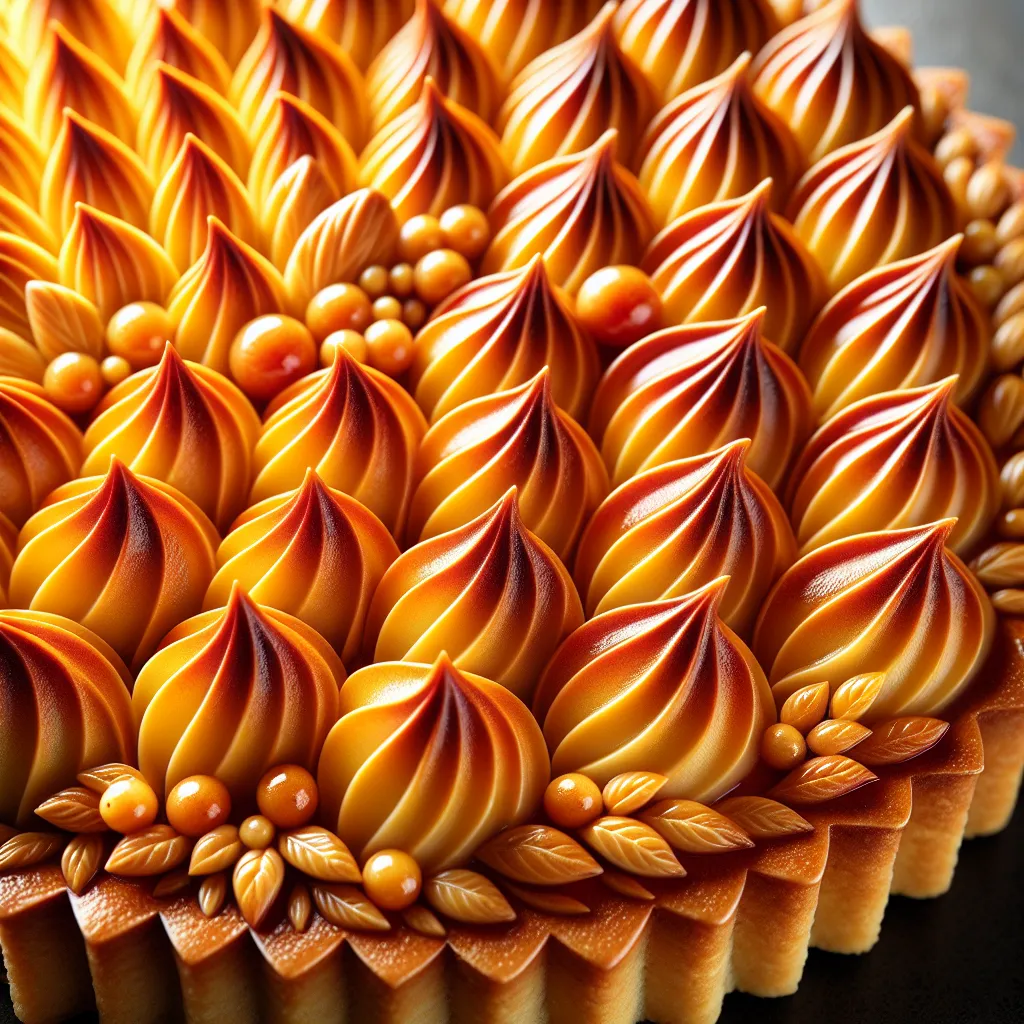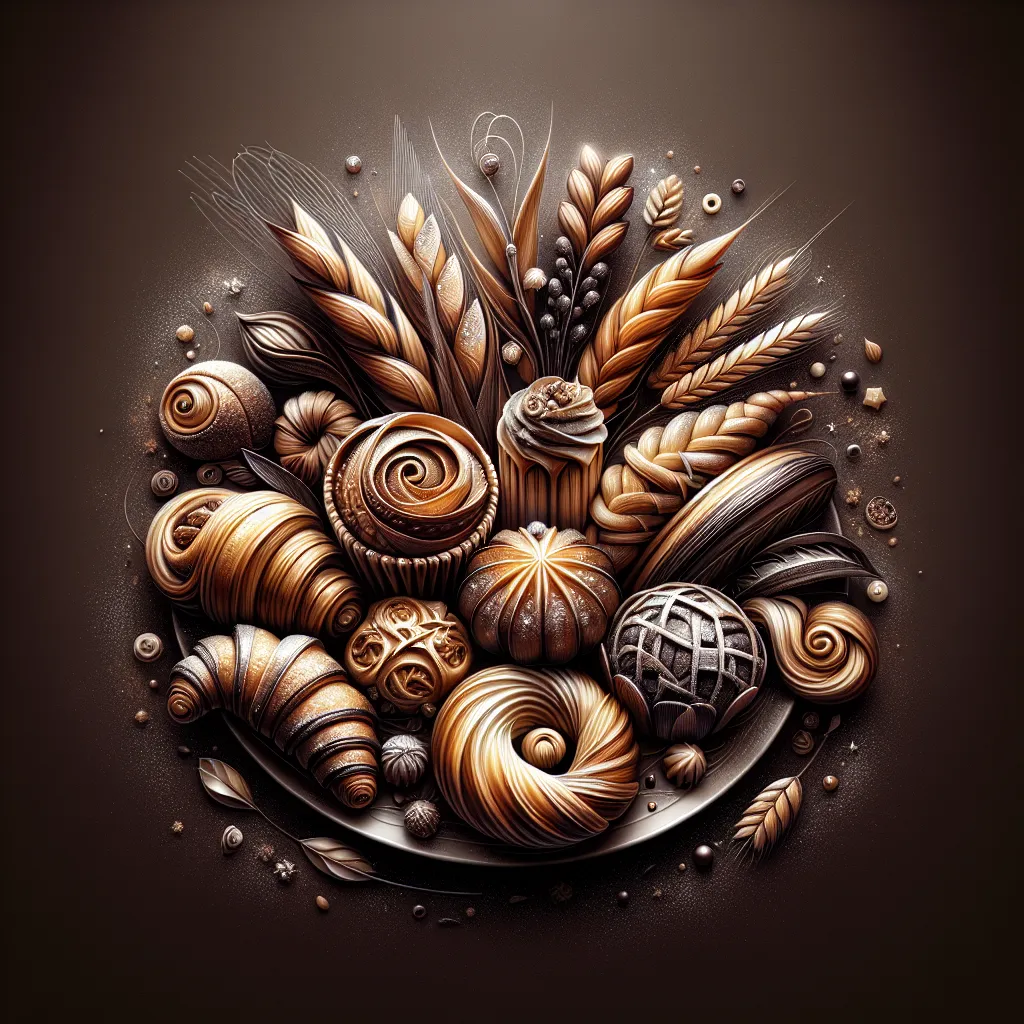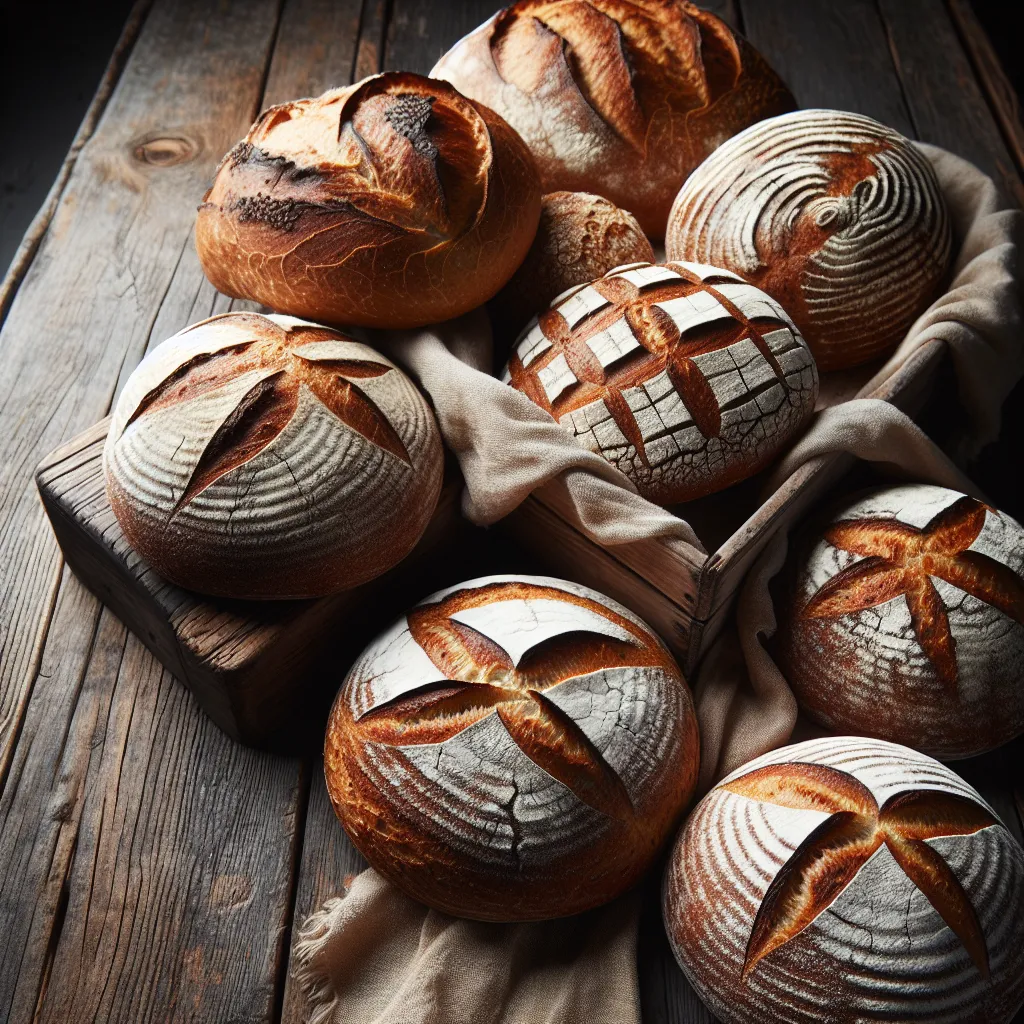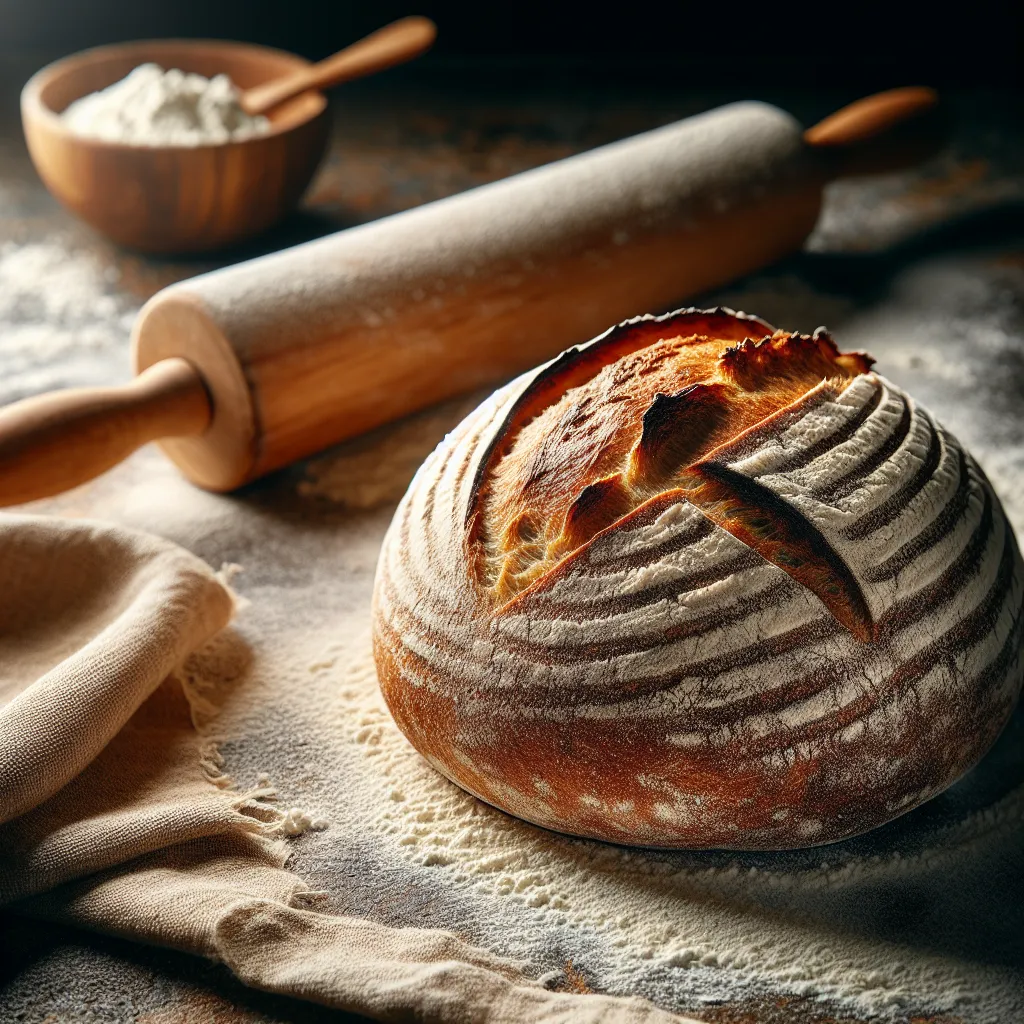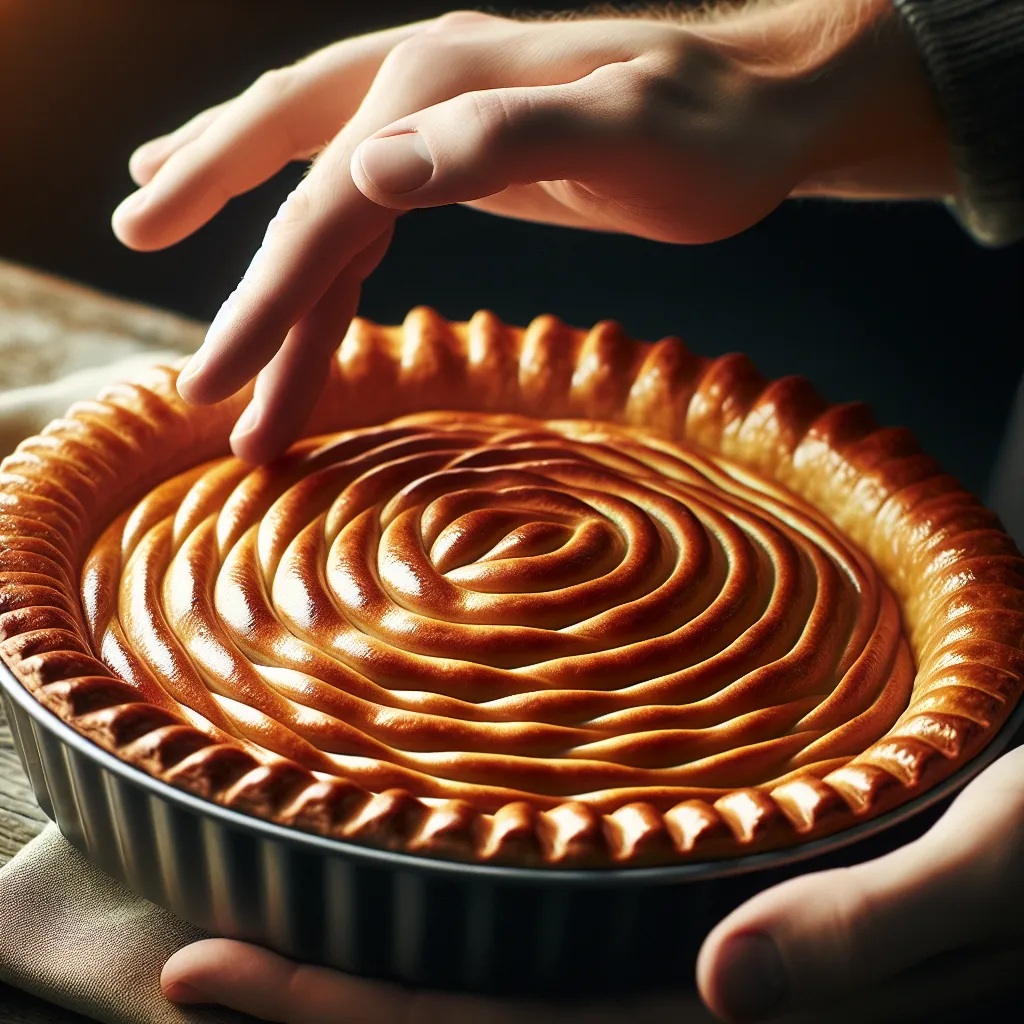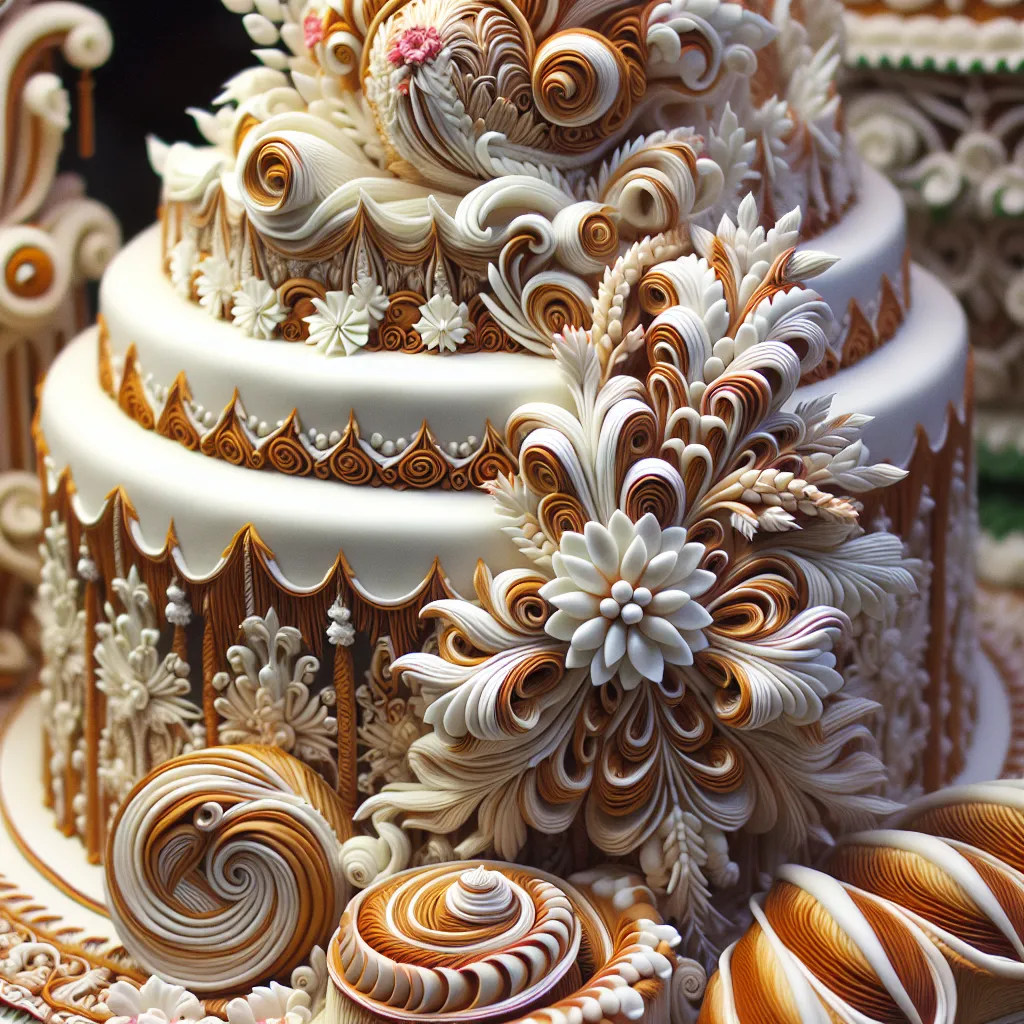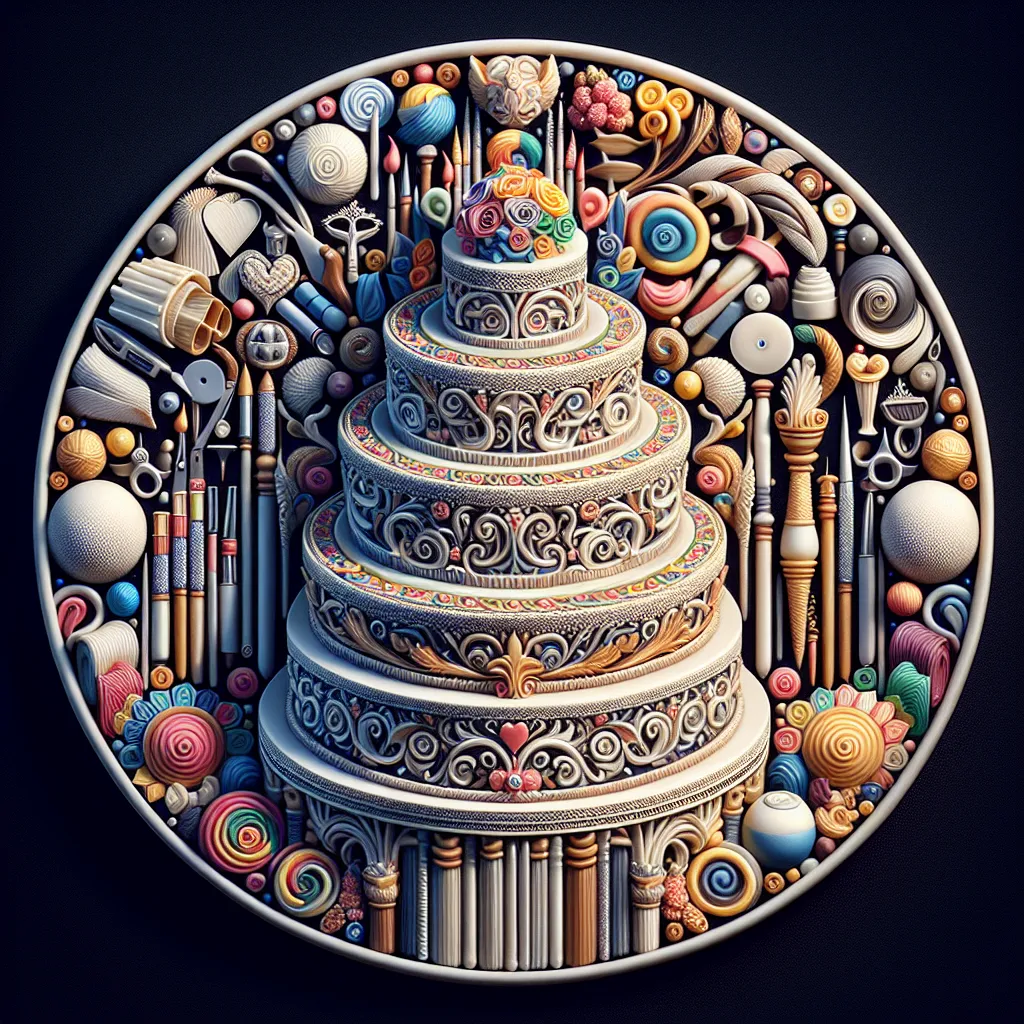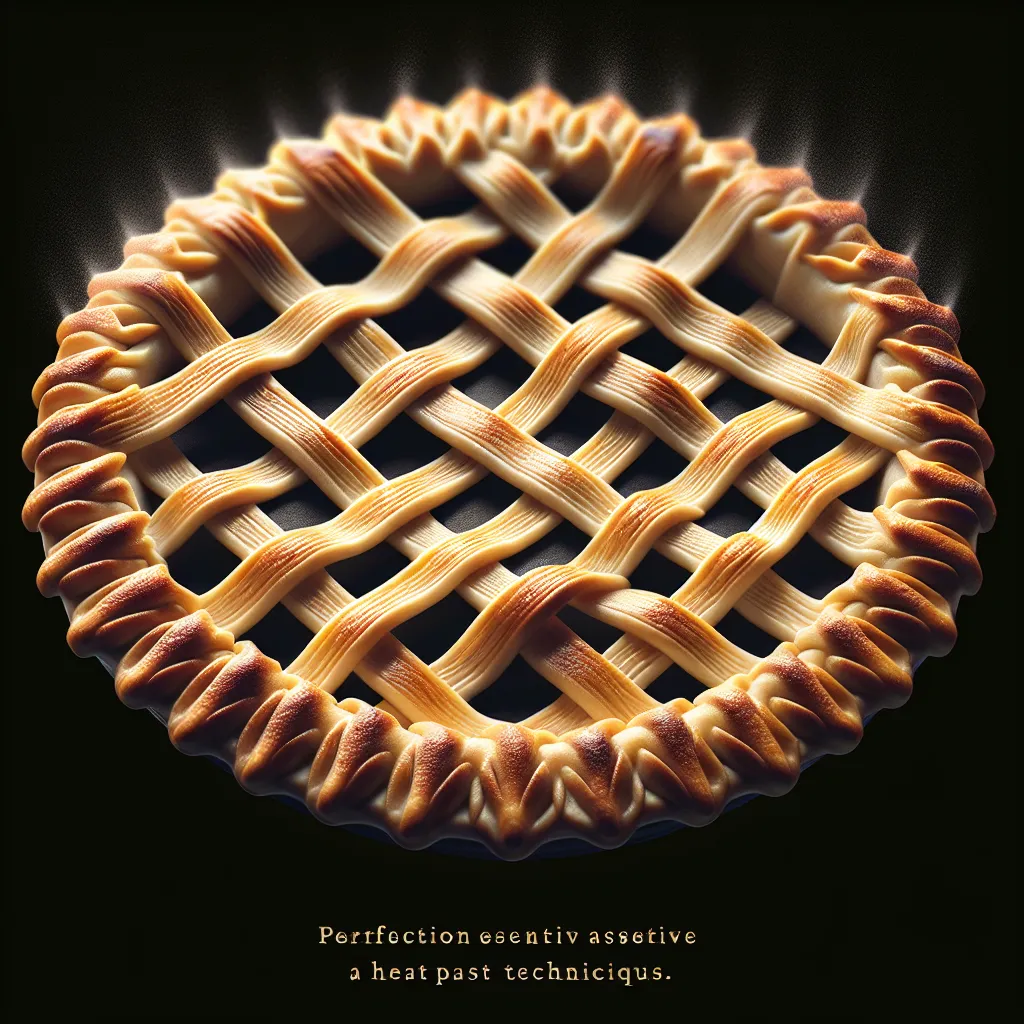Mastering Piping Techniques for Pastry Decoration
The article “The Art of Piping: Techniques for Perfect Pastry Decoration” delves into the essential skills of mastering piping techniques for pastry decoration, emphasizing the significance of consistency in pressure, coordination between hand movement and pressure application, and understanding the proper angle for piping. It highlights that the mastery of piping can elevate the visual appeal of any dessert, and it’s not just about adding a decorative element but also about precision, consistency, and artistic expression. Furthermore, the article stresses the importance of the right tools and proper techniques, including the types of piping tips, icing consistency, and the pivotal role of practice in perfecting these skills. Overall, it encourages pastry chefs and bakers at all levels to delve into the art of piping to enhance their creations and impress with beautifully decorated pastries and desserts.

